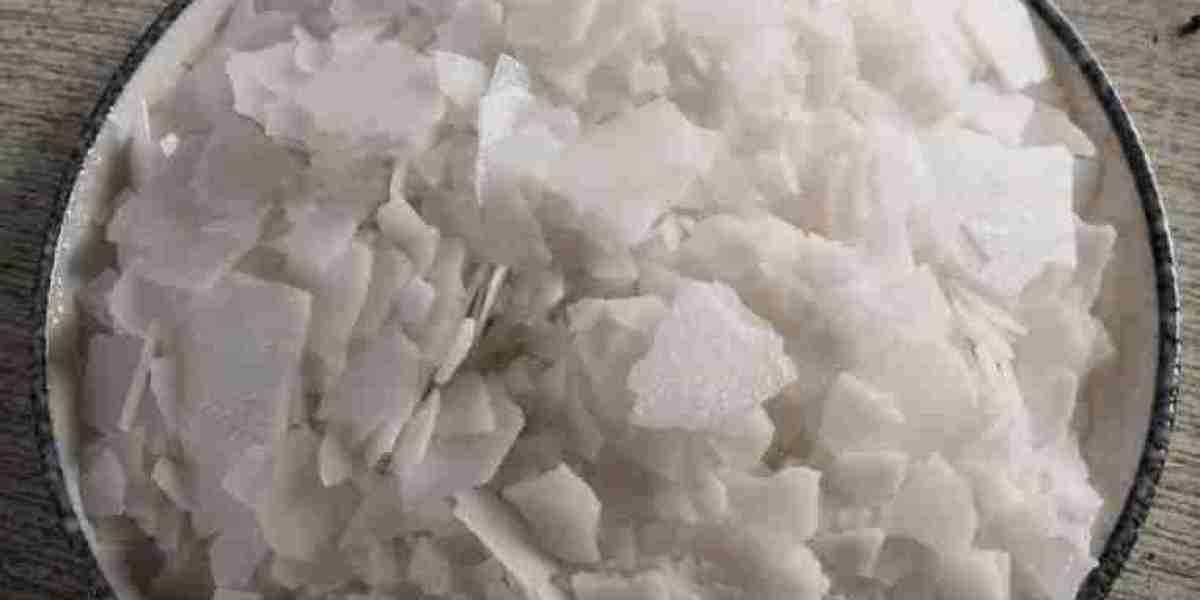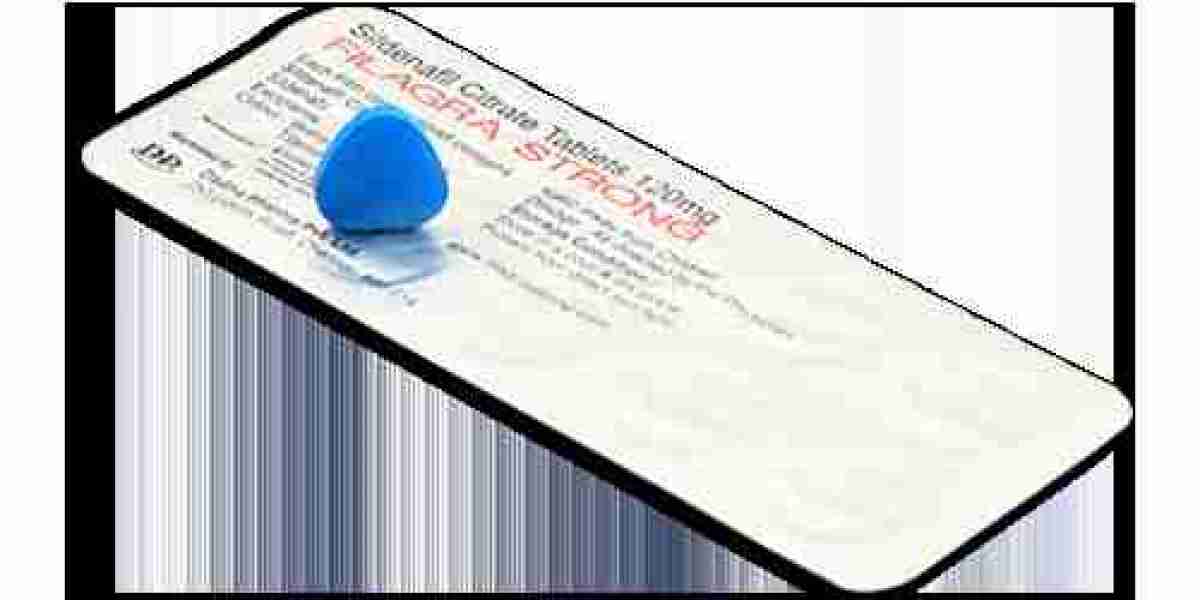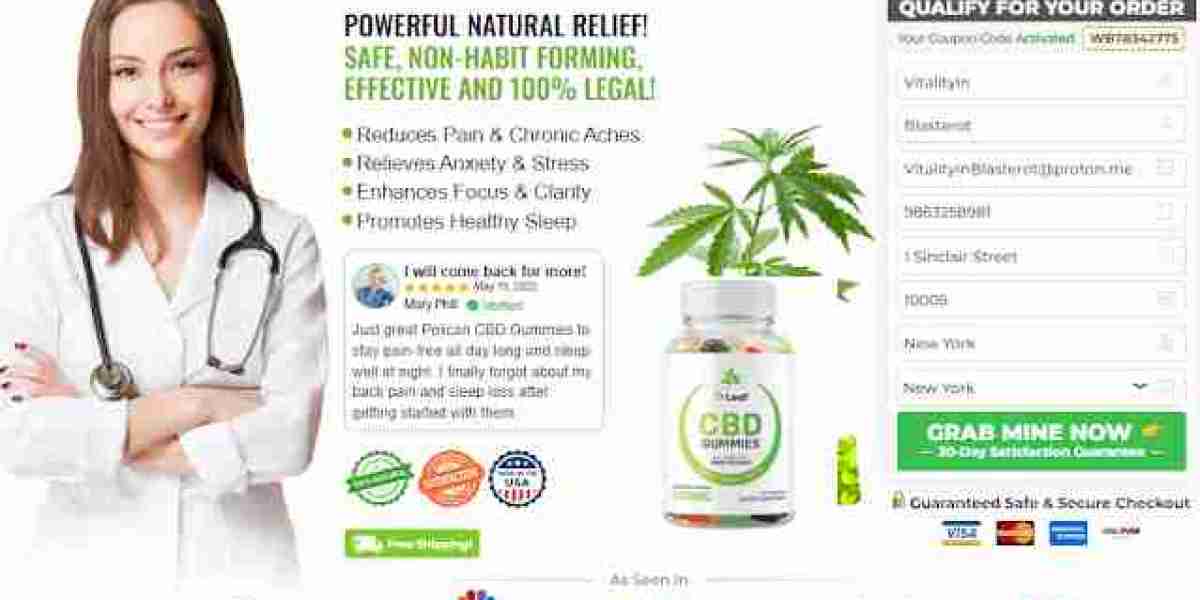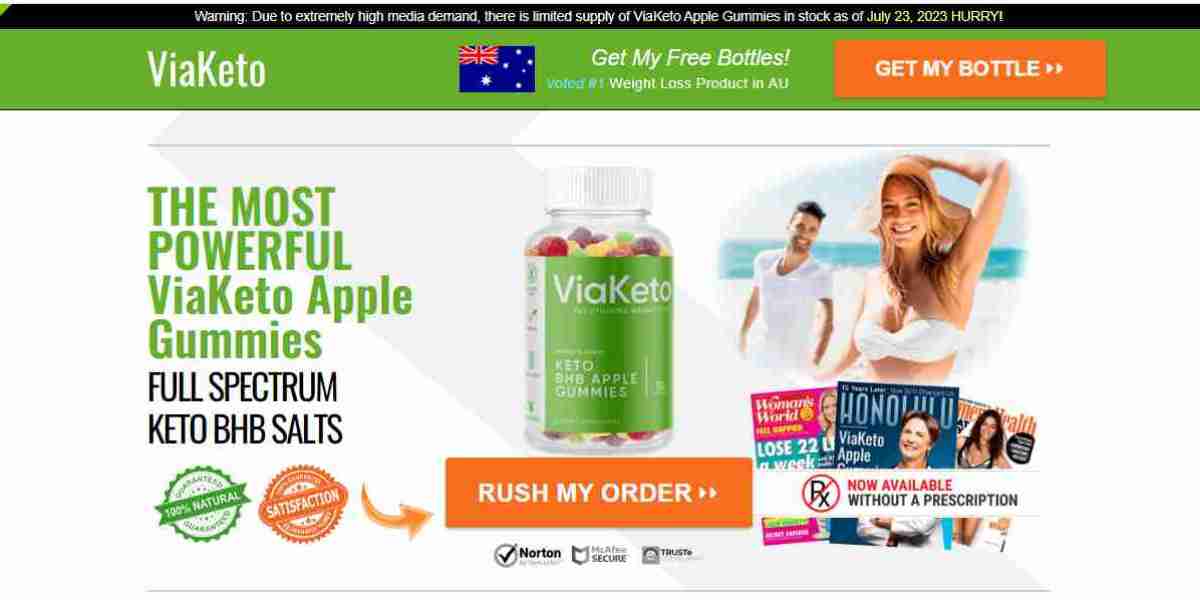Chlor-Alkali Market Overview
The chlor-alkali industry refers to the production of chlorine, sodium hydroxide (caustic soda), and hydrogen by the electrolysis of brine (saltwater). This industry is important because these three chemicals are used in a wide range of applications, including the production of PVC (polyvinyl chloride) and other plastics, pulp and paper manufacturing, water treatment, and many others.
The global Chlor-Alkali market size is estimated to be USD 63.2 billion in 2021 and is projected to reach USD 77.4 billion by 2026, at a CAGR of 4.1% between 2021 and 2026. As per the chlor-alkali market report by The Business Research Company, The growth of the chemical industry across the globe is expected to propel the growth of the chlor-alkali market going forward.
In terms of trends, the chlor-alkali industry has been experiencing a shift towards more sustainable and environmentally friendly production methods. For example, there has been a growing interest in using renewable energy sources, such as wind and solar power, to power the electrolysis process. Additionally, there has been a focus on reducing waste and emissions through the implementation of more efficient production processes and the use of new technologies.
Another trend in the industry is the consolidation of companies, with larger players acquiring smaller ones to gain market share and increase their overall efficiency. There has also been an increase in global competition, particularly from emerging economies, which has led to some shifts in production and distribution patterns.
Get Sample Copy of this Report: https://www.marketsandmarkets.com/requestsampleNew.asp?id=708
Chlor-Alkali Market Key Players
- Olin Corporation(US)
- Westlake Chemical Corporation (US)
- Tata Chemicals Limited (India)
- Occidental Petroleum Corporation (US)
- Formosa Plastics Corporation (Taiwan)
- Solvay SA (Belgium)
- Tosoh Corporation (Japan)
- Hanwha Solutions Corporation (South Korea)
- Nirma Limited (India)
- AGC, Inc. (Japan)
- Dow Inc. (US)
- Xinjiang Zhongtai Chemical Co. Ltd. (China)
- INOVYN (UK)
- Ciner Resources Corporation (US)
- Wanhua-Borsodchem (Hungary)
Olin Corporation manufactures chemicals and ammunition. Its business is divided into three segments, Chlor Alkali Products and Vinyls, Epoxy (epoxy materials and precursors), and Winchester (arms and ammunition). Its Chlor Alkali Products include chlorine and caustic soda, methyl chloride, methylene chloride, ethylene dichloride vinyl chloride monomer, chloroform, hydrochloric acid, simultaneously with 1 ton perchloroethylene, carbon tetrachloride, trichloroethylene, bleach products, hydrogen, and potassium hydroxide. The Chlor Alkali and Epoxy businesses were added to the company as a spin-off from The Dow Chemical Company in 2015. The company produces chlorine, caustic soda, and hydrogen through the electrolysis of salt, also known as Electrochemical Unit (ECU). These products are produced simultaneously in the proportion of 1 ton of chlorine to 1.1 tons of caustic soda and 0.03 tons of hydrogen. The company offers these chlor-alkali products for polyvinylchloride (PVC), water treatment, alumina, pulp paper, detergents soaps, and other applications. It has seven production facilities for chlorine and caustic soda in the US and Canada. It has a strong presence in North America and also offers its products across Europe, the Asia Pacific, and Latin America.
APAC accounted for the largest share in the global Chlor-Alkali market
Asia-Pacific (APAC) is the largest market for chlor-alkali globally, both in terms of production and consumption. The region accounts for more than half of the global demand for chlor-alkali and is expected to continue to see strong growth in the coming years.
Several factors are driving the demand for chlor-alkali in APAC, including the growth of various end-use industries, such as paper and pulp, textiles, and plastics. Additionally, the region’s expanding population and rising urbanization rates are fueling demand for water treatment and sanitation products, which also rely heavily on chlor-alkali chemicals.
Download PDF Brochure: https://www.marketsandmarkets.com/pdfdownloadNew.asp?id=708
China is the largest producer and consumer of chlor-alkali in APAC, followed by India, Japan, and South Korea. However, other countries in the region, such as Indonesia, Thailand, and Vietnam, are also seeing significant growth in demand for chlor-alkali as they continue to develop and modernize their economies.
Overall, APAC is a key market for chlor-alkali, and its growth and development are expected to continue to drive demand for these chemicals in the coming years.
By application, Alumina account for the largest share for Caustic soda in the Chlor-Alkali market
Caustic soda (sodium hydroxide) is an important chemical used in a wide range of industries, including the production of alumina, which is the primary raw material used in the production of aluminum. In fact, alumina accounts for the largest share of caustic soda consumption in the chlor-alkali market.
In the alumina production process, bauxite ore is first refined into alumina using the Bayer process, which involves the use of caustic soda. The caustic soda helps to dissolve the aluminum-containing minerals in the bauxite ore, allowing the alumina to be separated and purified.
Other major applications of caustic soda include the production of PVC (polyvinyl chloride), pulp and paper manufacturing, and water treatment. However, the alumina industry remains the largest consumption of caustic soda in the chlor-alkali market.
Speak to Analyst: https://www.marketsandmarkets.com/speaktoanalystNew.asp?id=708
By application, EDC/PVC accounts for the largest share of Chlorine in the Chlor-Alkali market
The largest application for chlorine in the chlor-alkali industry is the production of vinyl chloride monomer (VCM), which is used to produce polyvinyl chloride (PVC). Chlorine is used as a key raw material in the production of VCM through a process called the “chlorine route”.
In the chlorine route, chlorine is combined with ethylene to produce 1,2-dichloroethane (EDC), which is then heated to produce VCM. PVC is then produced by polymerizing VCM. Therefore, EDC/PVC accounts for the largest share of chlorine consumption in the chlor-alkali market.
Other important applications of chlorine include the production of solvents, disinfectants, and various other chemicals. However, the production of EDC/PVC remains the largest and most significant use of chlorine in the chlor-alkali industry.
By application, Glass account for the largest share for Soda Ash in the Chlor-Alkali market
Soda ash (sodium carbonate) is an important chemical used in a variety of industries, including glass manufacturing, where it accounts for the largest share of its consumption in the chlor-alkali market.
In glass production, soda ash is used as a fluxing agent, helping to lower the melting temperature of the glass mixture and improve its workability. Soda ash is also used as a key ingredient in the production of flat glass, container glass, and fiberglass.
Other major applications of soda ash include the production of detergents, chemicals, and various other industrial products. However, the glass industry remains the largest consumer of soda ash in the chlor-alkali market.







